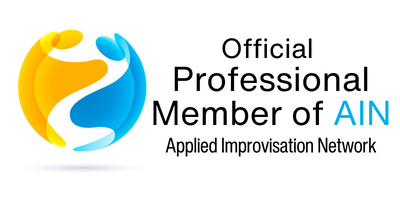From Stage to Page: Using Improv to Create Dynamic Characters and Dialogue
In the world of storytelling, creating dynamic characters and engaging dialogue can often be a daunting task for writers. However, an inventive technique that has been gaining traction in recent years is the integration of improvisation—commonly associated with theater—into the writing process. This method can breathe life into characters and dialogues in ways that are both unexpected and profound.
The Art of Improvisation
Improvisational theater, or improv, is a form of acting where much is left to spontaneous creation rather than pre-written scripts. This art form is celebrated for its emphasis on spontaneity and collaboration. Participants rely on their instincts and real-time interaction, crafting narrative arcs through immediate and organic character responses.
Improv encourages performers to be rooted in the present moment, facilitating a genuine portrayal of character relationships and dialogue, which can be translated to the page to enhance fiction writing. This strategy promotes original thinking and fresh perspectives, leading to more relatable and believable characters.
Improvisation Meets Writing
When writers use improv techniques, they open themselves to new ways of character development. For example, engaging in improvised dialogues or role-playing scenarios allows writers to explore character backgrounds, motivations, and unique voice traits. This practice can reveal unexpected directions for plot and character development that might not emerge in traditional outlining.
Julie Beck, in her article for The Atlantic, highlights how improv can improve a writer’s work by encouraging flexibility and confidence when crafting a narrative. By letting go of rigid structures, storytellers can stumble upon serendipitous discoveries that enrich their narratives.
Exercises to Incorporate Improv into Writing
-
Character Hot Seat: In a group setting, one participant takes on the role of a character from a story in development, while others ask questions. The person in the hot seat responds in-character, fleshing out the character’s history and personality in real-time conversations.
-
Improv Dialogue Sessions: Writers can partner up and engage in unscripted dialogue as their characters. This exercise helps in honing authentic dialogue patterns and unique speech characteristics.
- Spontaneous Scene Setup: Set up a scene with basic parameters—the setting, characters, and a broad conflict. Allow the narrative to unfold naturally through improv. Writers should then translate this unfolding into written prose, capturing the discoveries made during the improv.
Real-World Applications and Success Stories
A range of screenwriters and novelists have successfully utilized improv techniques. For instance, screenwriter Christopher Guest, known for his mockumentary-style films, heavily relies on semi-improvised dialogue to cultivate comedic and authentic exchanges between characters.
Moreover, writers like David Nicholls, author of the popular novel "One Day," have confessed to using in-character discussions and playful, impromptu dialogues with fellow writers to break through writer’s block. By stepping into characters fully, authors can unlock deeper emotional truths that resonate with readers. More insight on this process can be found in a reflective piece by Nicholls on The Guardian.
Conclusion
Incorporating improv into the writing process offers a unique blend of freedom and discipline, enabling authors to delve deeply into their characters’ psyches and uncover dialogue that feels vivid and alive. Whether through formal improv workshops or spontaneous brainstorming sessions, the benefits translate into stories that captivate and resonate.
For any writer seeking to enhance the dynamism of their characters and dialogue, exploring the realm of improv might just hold the key to unlocking a new dimension of creativity on the page. As collaboration between the stage and the written word continues, the crossover techniques promise rich, unexpected rewards for creators and audiences alike.


